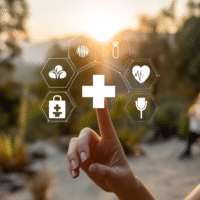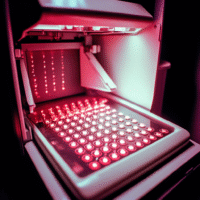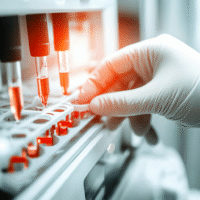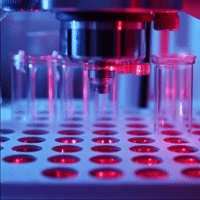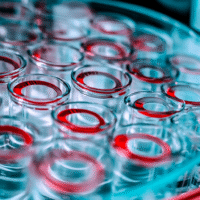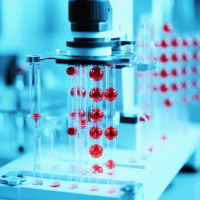The effects of regular home delivery of HIV self-testing and follow-up counselling on HIV testing and prevention outcomes in men who have sex with men who test infrequently in the United States: a pragmatic, virtual randomized controlled trial
J Int AIDS Soc. 2024 Jul;27(7):e26318. doi: 10.1002/jia2.26318.
INTRODUCTION: Research has shown that HIV self-testing (HIVST) can lead to increased testing and more HIV diagnoses compared to clinic testing. However, concerns in the United States about HIVST users being less likely to seek care have limited its use.
METHODS: From January 2019 to April 2022, 811 men who have sex with men (MSM) in the United States, who infrequently tested, were recruited through an online campaign. They were randomly assigned to receive one of the following every 3 months for a year: (1) text message reminders for clinic testing (control); (2) mailed HIVST kits with access to a helpline (standard HIVST); and (3) mailed HIVST kits with counselling within 24 hours of opening a kit (eTest). Follow-up surveys assessed HIV testing, sexually transmitted infection (STI) testing, pre-exposure prophylaxis (PrEP) use, and sexual risk behavior.
FINDINGS: Eight participants were diagnosed with HIV, mostly through HIVST. Participants in both HIVST groups had significantly higher odds of testing and repeat testing over 12 months compared to the control group. Rates of STI testing and PrEP uptake did not differ, but those in the eTest group reported fewer sexual risk events.
CONCLUSIONS: HIVST greatly increased testing, promoted more regular testing among MSM, and identified nearly all new cases, suggesting earlier diagnosis of HIV acquisition. Follow-up counselling after HIVST did not increase STI testing or PrEP use, but may have reduced sexual risk behavior. To encourage more optimal testing, programs should incorporate HIVST and regularly ship kits to recipients.











